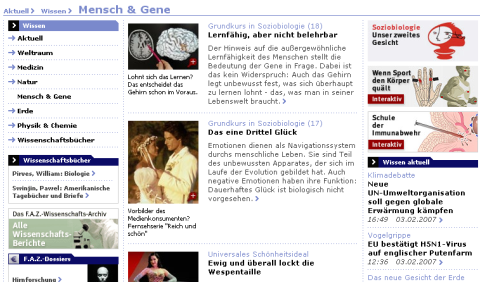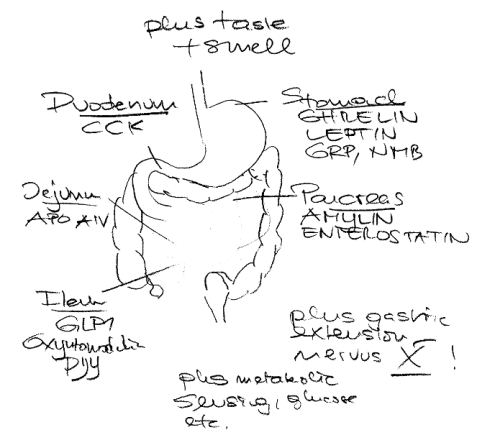–Day 1 of Just Science Week–
… said Alice in the Wonderland. Curiouser an couriouser all these gene X – trait Y – value P – association studies that are so often not reproduced. Science magazine now publishes letters of 3 independent groups contributing 6 essentially negative studies. This does not come unexpected – maybe we should look again at the original paper?
The introduction seems to be somewhat misleading — obesity is not primarily associated with another disease but with over-eating — and a heritablity of 70% is hard to believe. BTW I wonder why neither the editors, reviewers, or authors noticed the editorial errors (page 281: the 1775 cases in the text appear as 1835 cases in table 3; table 3 itself is redundant and misses genotype counts as well as the 923 FHS individuals from page 280). However, that does not explain why the association cannot be reproduced by other groups. So what could be the reason that the initial results were not be replicated?
Looking more closely at the case-control definition it seems that obesity is defined in different ways in the different populations – the German sample by cutoff BMI>30, the Polish by 90th to 97th percentile, the Nurses’ trait is never explained and the Africans are split by quartiles. How would a consistently defined look across all these populations? There seems to be also no proof why SNP rs7566605 somewhere 10000 bases away from a gene should have any biological function. Just because it “is an attractive candidate gene … [as it] … inhibits the synthesis of fatty acid” ?
More general, I believe that it is not adequate to make any conclusions about causal interference from a statistical association alone. There are many known fallacies; reasons for non replication may be simple errors during phenotyping or genotyping, inadequate statistical power, a biased analysis, selective reporting, population stratification or population unique effects. My six criteria for a meaningful association are:
- sufficient strong association, stable in subgroups and in populations of the same ethnic background
- importance of the tagged mutation leading to regulatory or structural protein change while excluding any confounding LD effect
- functional importance of the resulting protein with the trait of interest
- known genetic background and interaction with other genes and proteins
- known time of onset of functional change and interaction with relevant pathway
- known interaction with the environment, possibly also in an animal model
Quite simple ;-), yea, yea.

